Celiac.com 10/30/2015 - Writing for the Times of India, Pooja Makhija has an interesting little article on the various types of flour commonly used in Indian cooking, including a number of gluten-free flours.
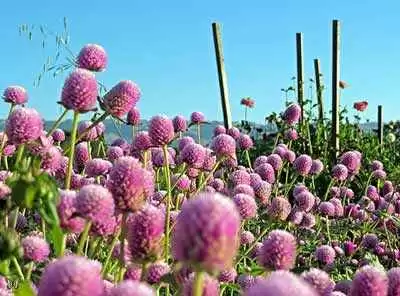 The articles features short descriptions of the various commonly used grain flours, and their characteristics. The article includes flours made from wheat, of course, but the gluten free flours include millet, sorghum, amaranth, rice, soy and quinoa.
The articles features short descriptions of the various commonly used grain flours, and their characteristics. The article includes flours made from wheat, of course, but the gluten free flours include millet, sorghum, amaranth, rice, soy and quinoa.
Celiac.com Sponsor (A12):
Wheat Flours (Contain Gluten of course!)
Most of the wheat or atta used in Indian cooking is culled from the semi-hard wheat varieties or durum, including, atta, cracked wheat/lapsi fada and semolina/sooji.
Millet Flours
Millet is a small-seeded grass that is also gluten-free. Millet flours are a great option for people with any kind of gluten sensitivity.
Sorghum Flours
Jowar is the Indian name for sorghum, which is also called white millet. This grain, and its close relative, bajra, both belong to the millet family, and are gluten-free.
Jowar has been linked to lowering the risk of heart diseases as well as cholesterol. It also has cancer-fighting properties because of the presence of antioxidants, and brims with protein, calcium and iron.
Bajra is a high energy food that is said to aid digestion, promote good heart-health, and to increase insulin sensitivity, making it a great option for diabetics.
Amaranth Flour
Rajgira is the Indian name for amaranth. Amaranth is a highly nutritious relative of quinoa, and also similarly described as a superfood. This tasty gluten-free grain is high in iron, calcium, protein and antioxidants.
Rice Flour
Used a great deal in Indian cooking, including dishes like neer dosa, rice flour is gluten-free, and makes a great substitute for wheat.
Soy Flour
Soy flour is made from ground soy beans, and is rich in vitamins and minerals, and vegetarian Omega-3 fatty acids. Soy protein is great for women in menopause, and also for elderly women.
Quinoa Flour
Quinoa is a 100% vegetarian reference protein, which means that the body absorbs 100% of quinoa's protein content.
Read more at the Open Original Shared Link


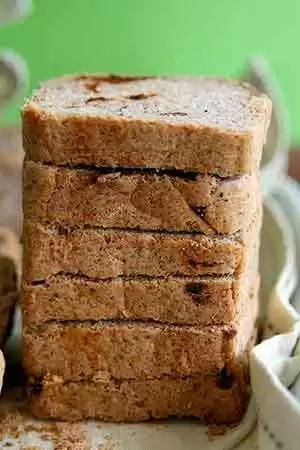

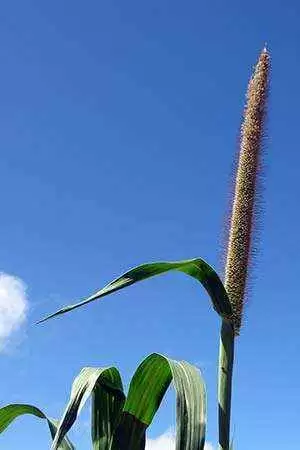
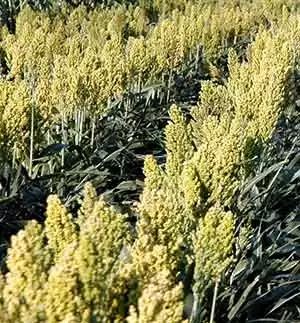
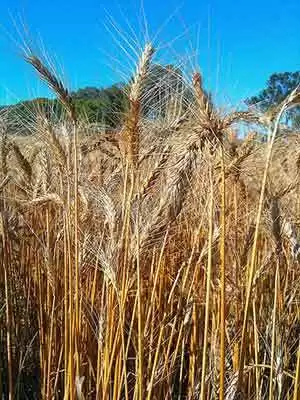


Recommended Comments